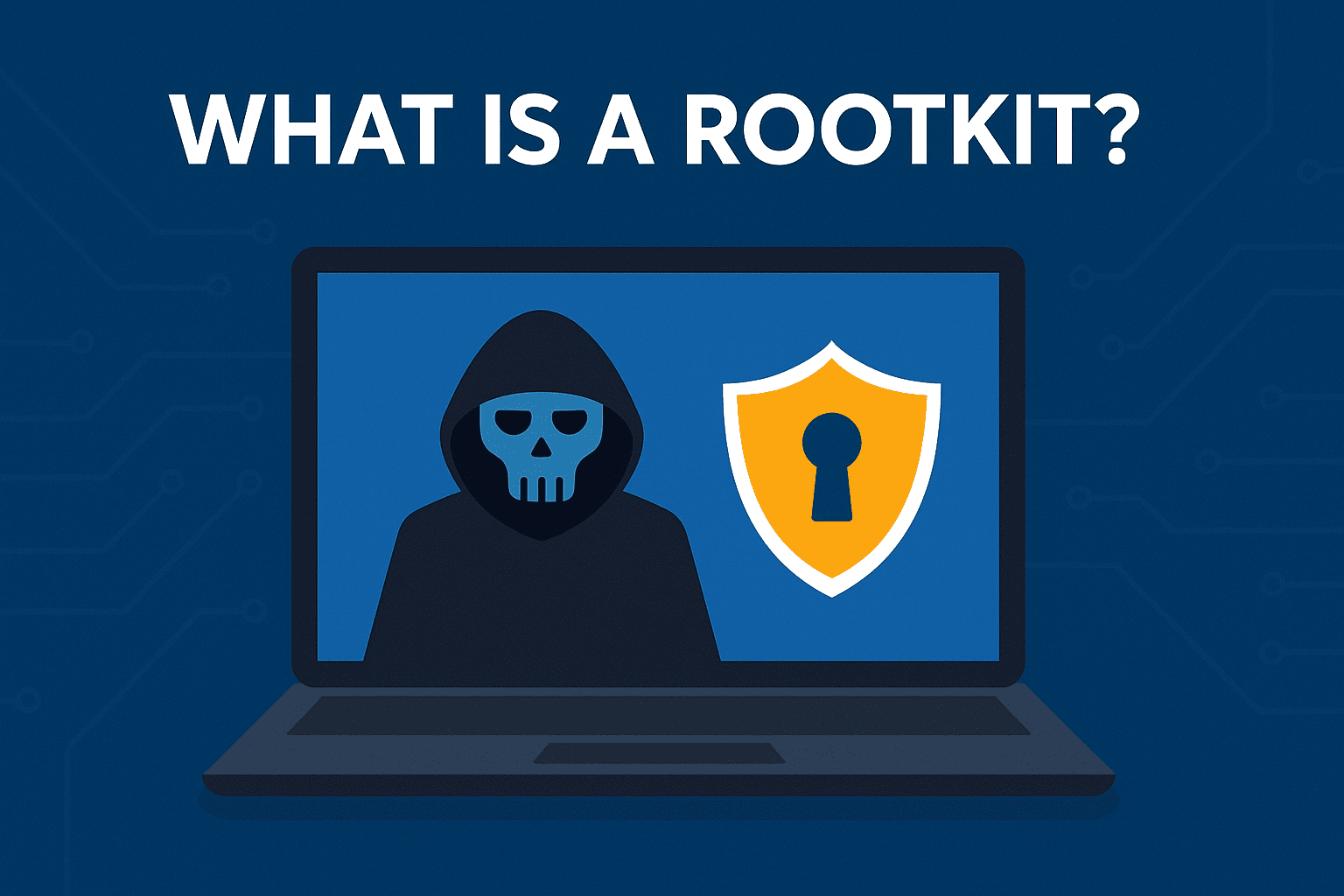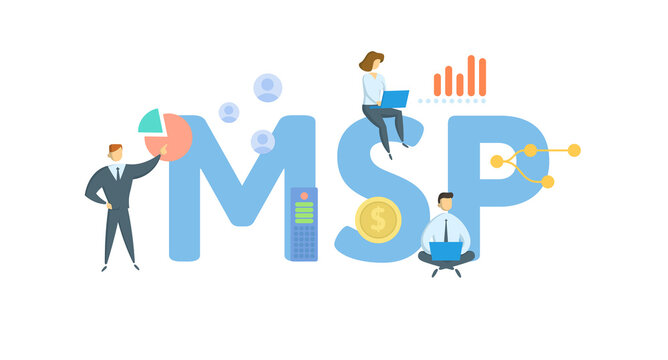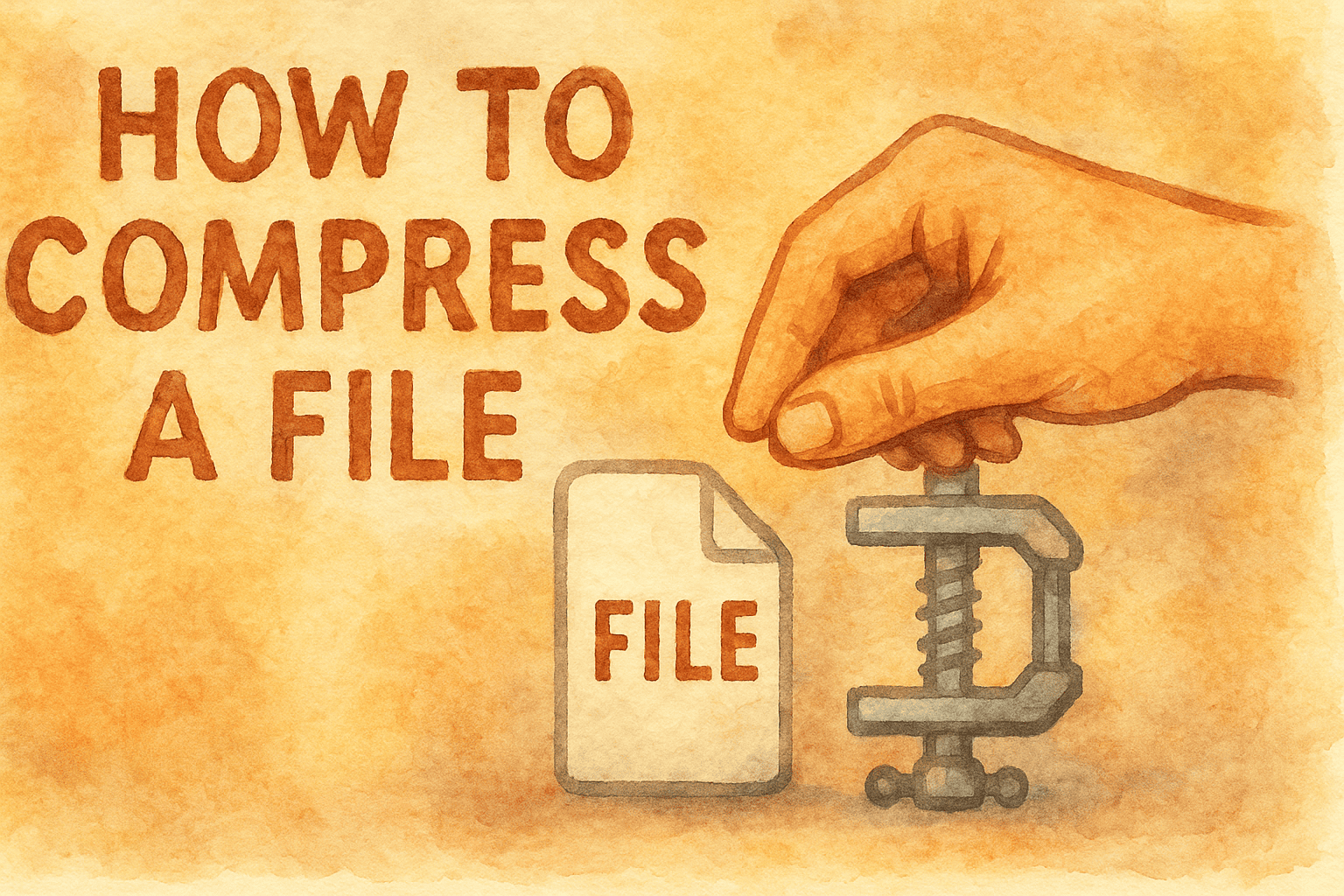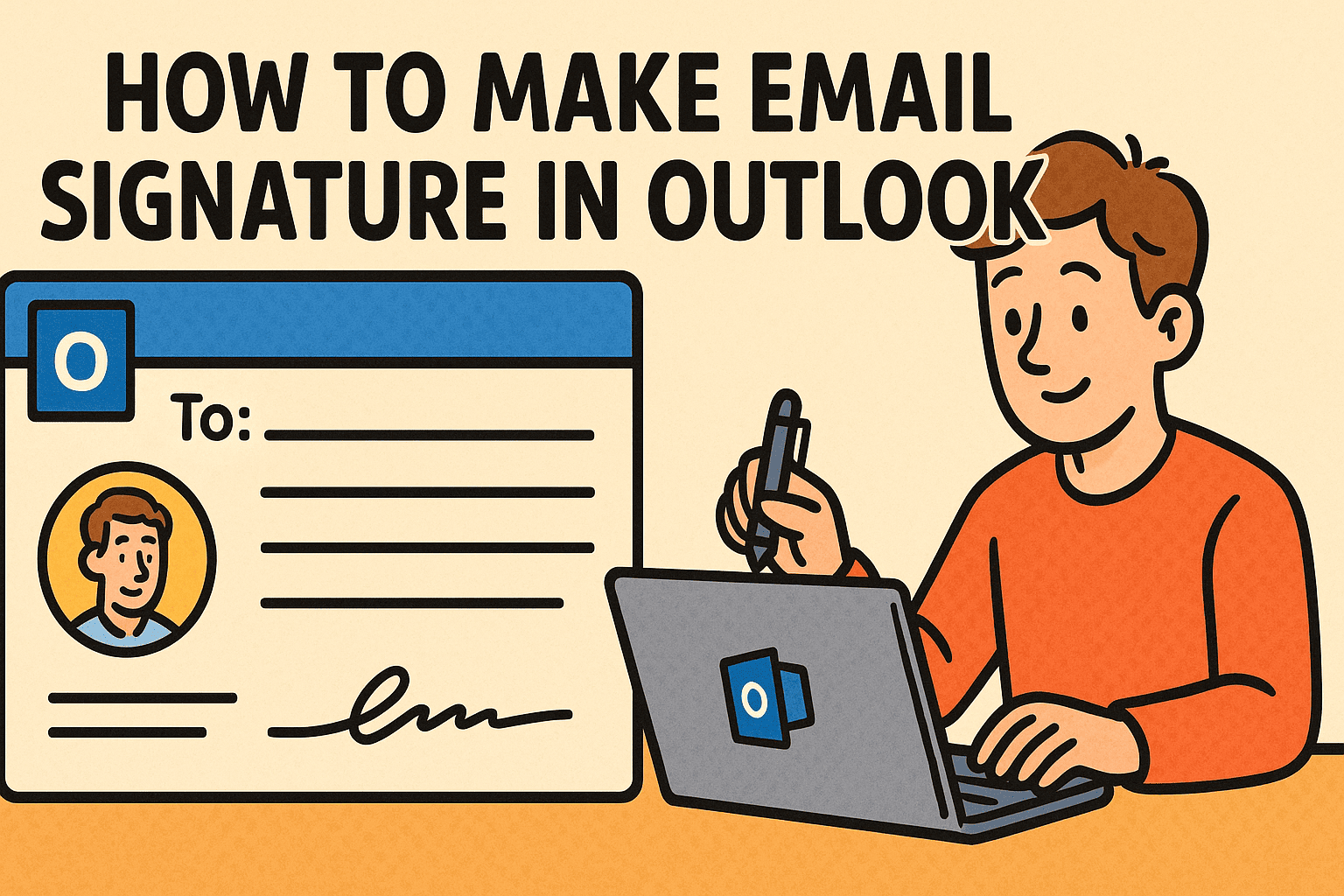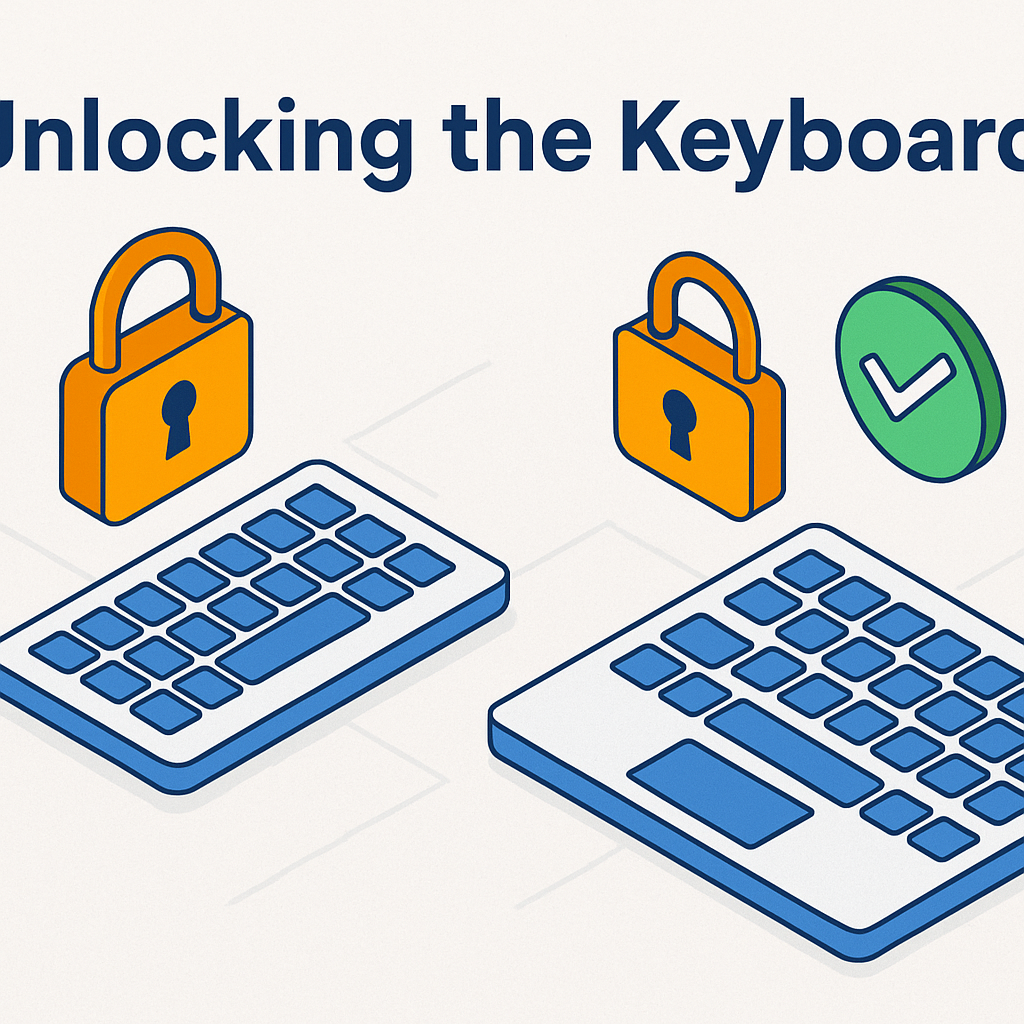Password Generator: The Complete 2026 Guide to Creating Strong, Secure Passwords
Updated on November 27, 2025, by Xcitium
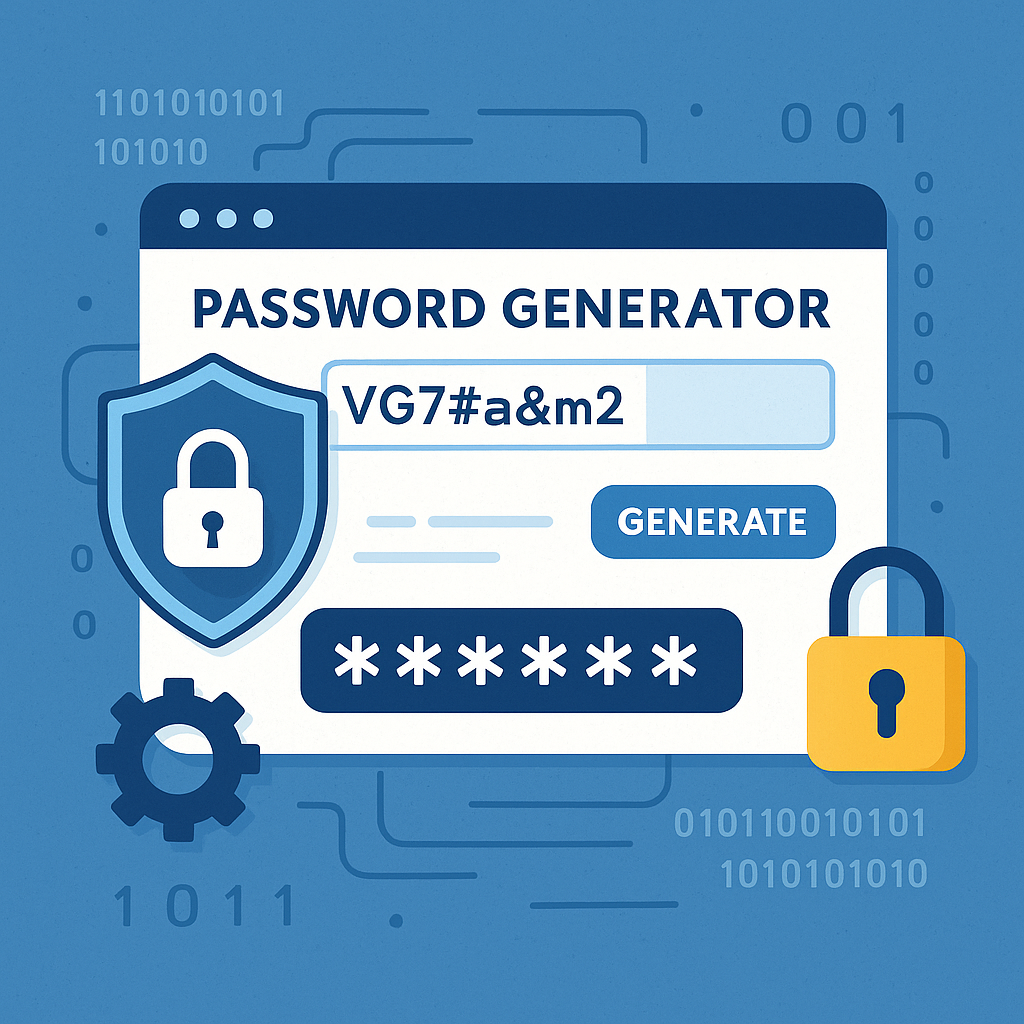
Weak passwords remain one of the biggest cybersecurity risks for businesses and individuals. With cyberattacks increasing in volume and sophistication each year, relying on simple or reused passwords is no longer an option. That’s why more professionals are turning to a password generator—a tool designed to create strong, unpredictable, and secure passwords instantly.
A password generator automates the process of creating complex passwords that are difficult for attackers to guess or crack. Whether you’re an IT manager securing enterprise systems, a CEO managing high-value corporate accounts, a cybersecurity professional protecting sensitive data, or simply a user aiming for safer digital habits, understanding how password generators work is essential.
In this comprehensive guide, you’ll learn what a password generator is, how it works, different types available, the importance of strong passwords, and best practices for secure password management.
What Is a Password Generator? (Simple Definition)
A password generator is a tool that automatically creates strong, random passwords using a mix of characters, numbers, symbols, and capitalization. These passwords are engineered to be highly resistant to cracking techniques such as:
-
Brute force attacks
-
Dictionary attacks
-
Credential stuffing
-
Password spraying
Password generators remove human bias and prevent users from choosing predictable passwords like “Password123,” “Welcome1,” or birth dates.
Why Strong Passwords Matter in Cybersecurity
According to recent cybersecurity reports, over 80% of data breaches are linked to stolen or weak passwords. Attackers rely heavily on predictable access points because:
-
People often reuse passwords
-
Many use personal info (birthdays, pets, names)
-
Businesses fail to enforce complexity requirements
-
Employees store passwords insecurely
A password generator helps eliminate these vulnerabilities by producing unique, high-entropy passwords for every account.
How Password Generators Work
Password generators rely on algorithms that produce random or pseudorandom character sequences. The strength of a generated password depends on:
✔ Character Variety
-
Uppercase letters (A–Z)
-
Lowercase letters (a–z)
-
Numbers (0–9)
-
Symbols (!, @, %, &, #, etc.)
✔ Password Length
Longer passwords exponentially increase security.
Example:
-
8-character password → crackable in minutes
-
16-character password → years or centuries to crack
✔ Entropy
Entropy = unpredictability.
High entropy = stronger password.
✔ Cryptographically Secure Random Number Generators (CSPRNGs)
Professional-grade password generators use CSPRNGs to ensure randomness is non-predictable.
Types of Password Generators
1. Basic Online Password Generators
Quick tools that generate simple random passwords.
Best for: personal use.
2. Advanced Password Manager Generators
Included in tools like:
-
LastPass
-
1Password
-
Bitwarden
-
Dashlane
These generate AND store passwords securely.
3. Enterprise Password Generators
Used in corporate environments to:
-
Enforce complexity policy
-
Rotate passwords
-
Manage privileged access
-
Protect administrative accounts
4. Command-Line Password Generators (CLI)
Used by developers and IT professionals:
5. Built-in Browser Password Generators
Modern browsers like Chrome, Safari, and Edge include built-in generators.
What Makes a Password Generator Secure?
Not all password generators are equal. A secure generator should have:
✔ Strong Randomness
Should use cryptographically secure randomization, not simple pseudo-random logic.
✔ No Logging
Never store or transmit your generated passwords.
✔ Offline Capability
Offline generators offer better protection from interception.
✔ Open Source Transparency
Allows code audits for security.
✔ HTTPS Encryption (for online tools)
Prevents password exposure during generation.
Benefits of Using a Password Generator
Password generators benefit both individuals and organizations.
✔ 1. Prevents Weak Passwords
Eliminates predictable patterns like:
-
Names
-
Dictionary words
-
Keyboard patterns (qwerty, 12345)
✔ 2. Supports Zero-Trust Security
Strong passwords reduce identity-based attack risks.
✔ 3. Increases Password Complexity Automatically
No manual thinking required.
✔ 4. Helps Manage Multiple Accounts
Different password for every login = safer digital footprint.
✔ 5. Saves Time
Instant generation reduces administrative burden.
✔ 6. Reduces Credential Theft
Even if one password is compromised, others remain secure.
How to Use a Password Generator (Step-by-Step)
Step 1: Choose a Password Generator
Option examples:
-
Browser-built
-
Password manager
-
Enterprise generator
-
CLI tool
Step 2: Set Your Requirements
Choose:
-
Length (recommended: 16–32 characters)
-
Symbols allowed/not allowed
-
Mixed characters
Step 3: Generate the Password
Click “Generate” or run a command.
Step 4: Store It Securely
Use:
-
Password managers
-
Encrypted vaults
-
Secure environment variables
Step 5: Never Reuse Passwords
Every login should have its own password.
Password Generator vs Password Manager
These tools are different — and often used together.
| Feature | Password Generator | Password Manager |
|---|---|---|
| Generates passwords | ✔ | ✔ |
| Stores passwords | ❌ | ✔ |
| Auto-fills | ❌ | ✔ |
| Security level | High | Very high |
| Best for | Creating passwords | Managing passwords |
For maximum security, use both.
Common Mistakes Users Make With Password Generators
Many people generate strong passwords but still compromise security by:
-
Writing passwords on paper or sticky notes
-
Saving them in plain text files
-
Sharing passwords via email or text
-
Using the same password for multiple accounts
-
Using short generated passwords
Best Practices for Secure Password Management
⭐ Use 16+ characters
⭐ Include symbols, numbers, mixed case
⭐ Never reuse passwords
⭐ Use MFA (Multi-Factor Authentication)
⭐ Store passwords in encrypted vaults
⭐ Rotate critical passwords regularly
⭐ Avoid online generators for sensitive accounts
⭐ Use enterprise-level identity protection
Cybersecurity Risks Password Generators Help Prevent
✔ Brute-force attacks
Computers attempt billions of combinations.
✔ Dictionary attacks
Attackers use wordlists and common passwords.
✔ Credential stuffing
Hackers use stolen passwords from previous breaches.
✔ Phishing exploitation
Generated passwords are harder to guess even if parts are leaked.
✔ Insider threats
Strong, unique passwords reduce internal misuse.
Password Generators in Enterprise Security
Businesses benefit enormously from them, especially with:
-
Identity and Access Management (IAM)
-
Privileged Access Management (PAM)
-
Zero-Trust Architecture
-
Remote workforce security
-
Compliance requirements (HIPAA, PCI-DSS, SOC 2)
❓ Frequently Asked Questions (FAQ)
1. Are password generators safe to use?
Yes — especially offline or password manager–based generators.
2. What is the safest password length?
16–32 characters is recommended for modern security.
3. Can hackers crack generated passwords?
Properly generated passwords are extremely hard to crack.
4. Should I use symbols and numbers?
Yes. The more complexity, the better.
5. Is a password manager required?
Not required, but highly recommended for storing long, random passwords.
Final Thoughts: Password Generators Are Essential in 2026
Cyber threats continue to grow, but simple tools like a password generator dramatically improve account security and reduce the risk of breaches. Whether you’re an enterprise leader, IT manager, SOC analyst, or everyday user, generating strong passwords is foundational to digital safety.
Pairing password generators with MFA, Zero-Trust policies, and advanced endpoint protection ensures your organization stays secure and resilient.
🚀 Strengthen Your Security with Zero-Trust Protection
Protect every password, device, and identity across your organization.
👉 Request a Free Demo: https://www.xcitium.com/request-demo/




